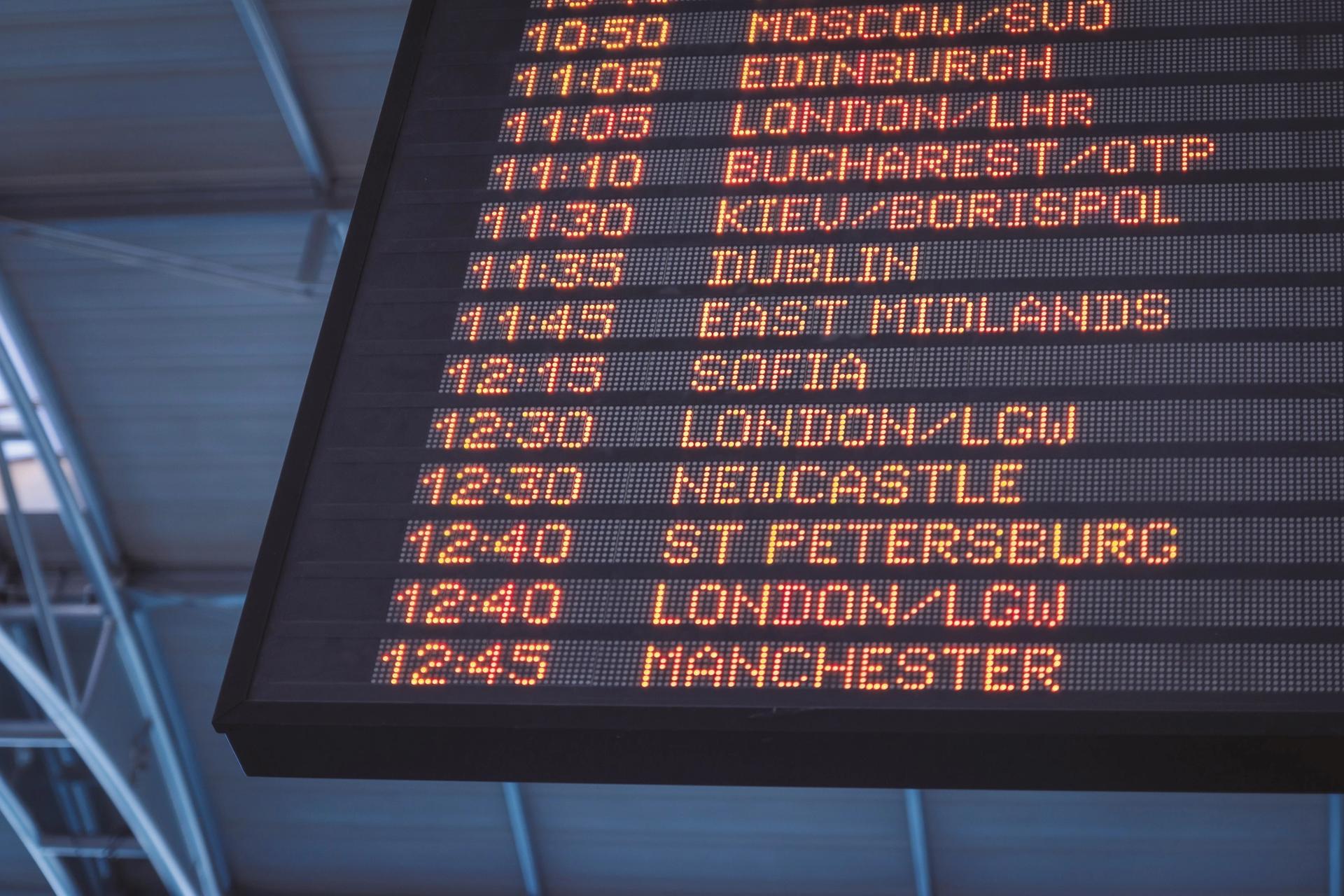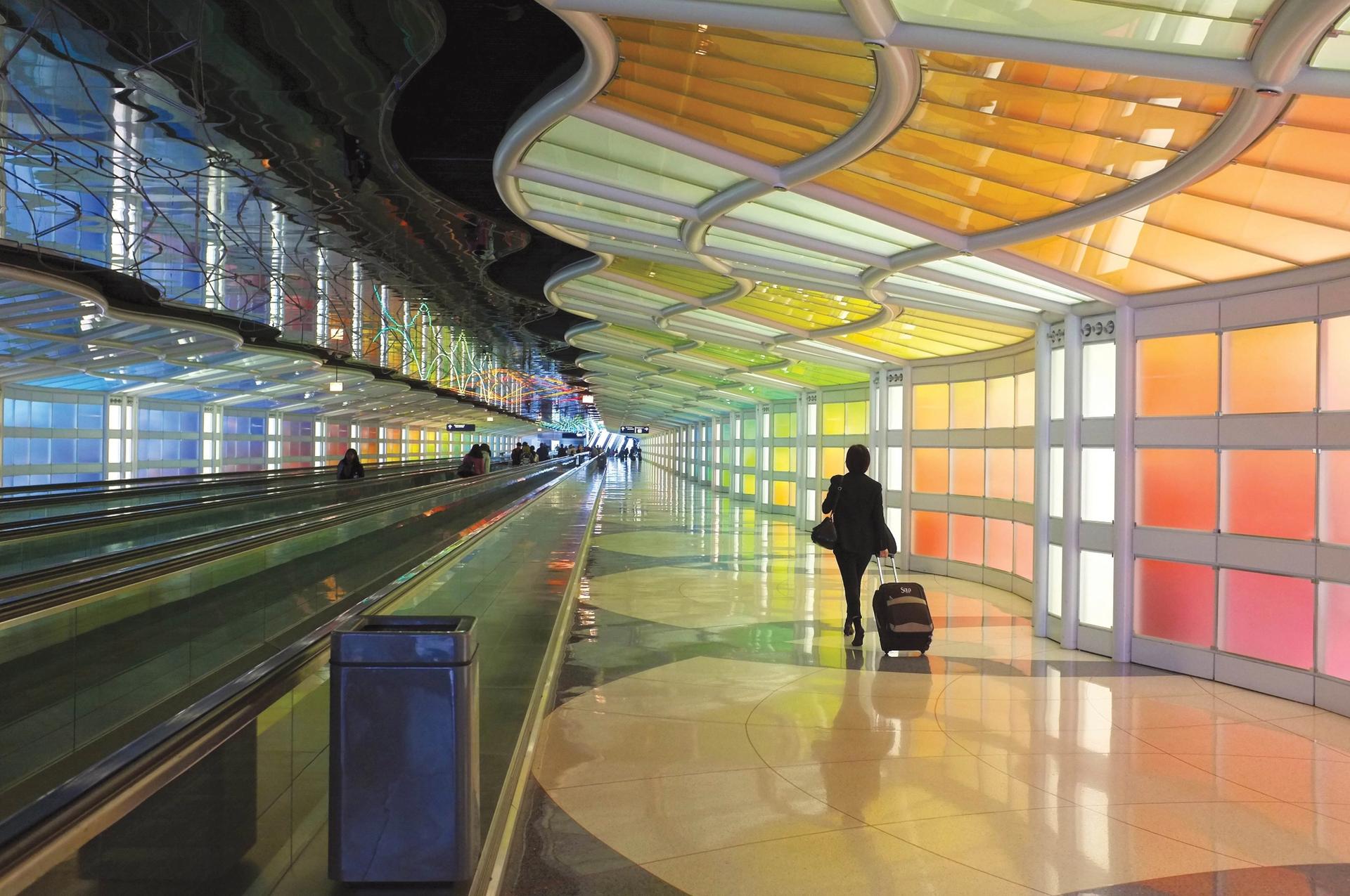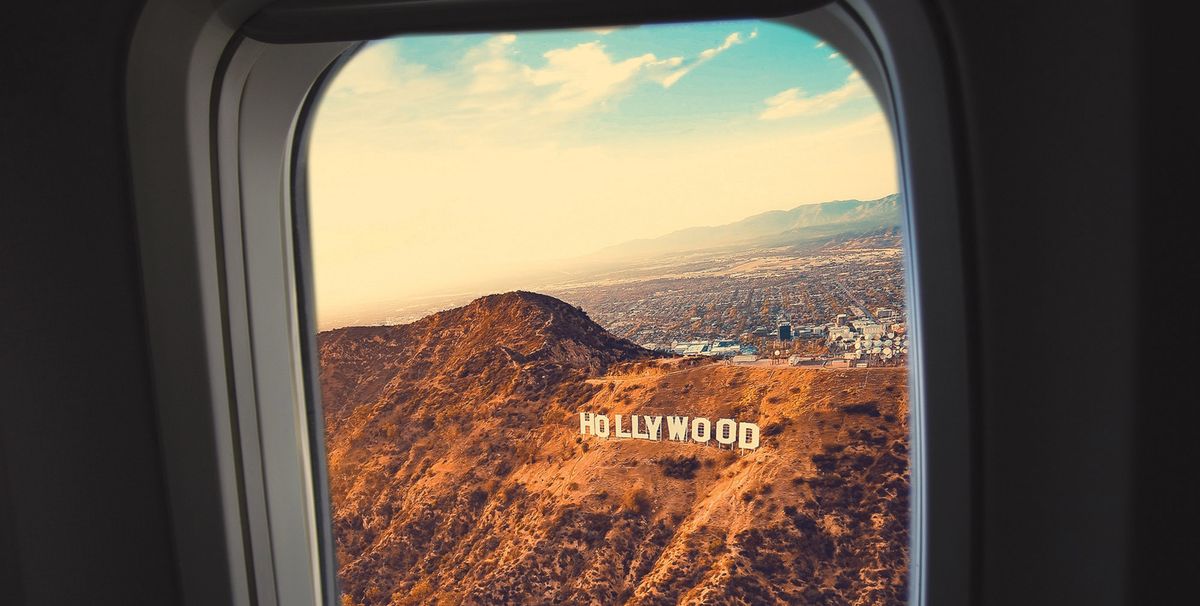The peripatetic curator, always on the move and looking for the artists of tomorrow, has become part of art-world folklore. Many of them will be in Los Angeles this week for the first West Coast edition of the British-born fair Frieze. As the art scene becomes ever more globalised, with biennials and fairs mushrooming, curators have crossed borders increasingly easily and new art centres have flourished. We asked a selection of leading curators about their travel schedules, how technology has shaped their visions—and whether they are aware of their carbon footprints.
Describe your schedule over the past three months
Anna Katz, associate curator, Museum of Contemporary Art (MoCA), Los Angeles
In terms of travel, they have been relatively lean—trips to Geneva and Aachen, Germany to see shows related to my current project, a large-scale scholarly survey of the Pattern and Decoration movement, and one to New York. This week I’ll drive to the Coachella Valley to check out Desert X 2019, which was co-curated by my MoCA colleague, Amanda Hunt.
Aram Moshayedi, curator, Hammer Museum, Los Angeles
I recently spent six weeks in Iran meeting with artists and planning a forthcoming show—although most of my time was occupied with daily Farsi lessons. I returned to Los Angeles at the beginning of the year and have been working toward the opening of our show on Allen Ruppersberg.
Catherine Taft, deputy director, LAXART, Los Angeles
We’re a small but ambitious team, so I must organise meetings and travel with maximum efficiency. The past three months I have travelled to art fairs, visited an artist at a foundry in Walla Walla, Washington, visited New York for exhibition openings and meetings, and found time for a couple quick ski trips. In addition to my curatorial work, I’m also a writer, and some recent essay deadlines have been met while flying. It’s terrific thinking time.
Hans Ulrich Obrist, artistic director, Serpentine Galleries, London
When I was a freelance curator in the 1990s, there were intense periods of travel—300 days per year. I have always been driven by a desire to make the art world a more polyphonic space. Since 2006, I’ve been based in London. However, I continue to travel many weekends to continue the research that is essential for the Serpentine’s programme. As I am no longer able to stay for long periods in places, I adopt “marathon” studio visits, generally from 7am to midnight.
Pablo Leon de la Barra, curator at large, Latin America, Solomon R. Guggenheim Museum
My October 2018 schedule: Lanzarote, where I gave a lecture at the contemporary art museum; Lima for two days, where I was on the jury for the Peruvian pavilion for the Venice Biennale, had time for ceviche, studio and gallery visits and an opening at Crisis gallery; Rio, five days at home. Attended a demonstration for murdered black social activist Marielle Franco; Barranquilla, Colombia, where I took part in a symposium and visited artist Alvaro Barrios and the under construction Museum of Modern Art; three days in Bogotá for ArtBo, meetings and a great afternoon with artist Doris Salcedo visiting Fragmentos, the art centre she’s building to commemorate the signing of the peace treaties in Colombia.

Photo: Capturing the human heart via Unsplash
In a globalised art world, is the idea of nationality obsolete?
Aram Moshayedi
The privileged classes of the art world have little understanding of the true burdens of nationality. What is an inconvenience for some, is for others a daily reality that has consequences beyond the comprehension of the art world.
Anna Katz
No, I don’t believe it is. In our own moment in the US, nationality is wielded as a powerful, violent instrument of racism and xenophobia, nakedly expressed as white nationalism—which is to say, in my view, it would be irresponsible to dismiss the reality of nationality so long as immigrants and asylum seekers are inhumanely subjugated by the state.
Catherine Taft
As part of the curatorial team at the Whitney Museum of American Art, we often discussed what qualified as “American art”, an institutional mandate that we, as curators, inherited. The answers weren’t always straightforward, but those conversations were invaluable to gaining a richer understanding of the history of artist working, living, and moving through this country. Nationality reveals nuance that plays out in culture in rich and sometimes perverse ways. Why would we want to make all that detail obsolete? But if we’re talking about visas or borders, then that’s another story…
Aaron Cezar
For those of us who are lucky to travel nearly visa-free from one country to the next, it is easy for us to think that nationality is obsolete. However, our political context reflects a very different situation right now with Brexit in Europe, Donald Trump in America and Jair Bolsonaro in Brazil, to name a few. There are significant segments of the population who do support national movements. The role of the peripatetic curator or director is to open up conversations that can cross borders in their many forms, from the political to the personal.
Katerina Gregos, chief curator, first Riga biennial; curator, Croatian pavilion, 2019 Venice Biennale
Yes, in the sense that if an artist is interesting it does not matter at all where they come from. However, I don’t believe that the idea of cultural identity is obsolete. We all come from somewhere (though nowadays many people insist on not talking of their origins for fear of cultural stereotyping) and the cultural background that has formed us is, to me, an interesting aspect of our identities. The downside of globalisation is increasing homogenisation.
Do you cherry-pick artists from certain countries for shows ?
Jonathan Watkins, director, Ikon gallery, Birmingham
I tend to have a more organic approach, especially with respect to artists and countries of origin. Sometimes a biennial requires certain quotas, imposing limits, and then it’s a question of being as free as possible within those. For the Quebec City Biennial, 50% of the artists must be Canadian, and 50% of those must come from Quebec Province, and 50% of those must come from Quebec City!

Photo: © Nick Harris Airport Traveller, Chicago O'Hare airport concourse
Is travel integral to your curatorial practice?
Hans Ulrich Obrist
It is important to have sustainable dialogues with places, the opposite of “fly-in and fly-out”. Two recent examples might be a research trip to New York to the brilliant Sondra Perry that began as an invitation to create a Park Night live event for us and later led to our presentation last year of her first UK solo show. Research in Los Angeles led us to Luchita Hurtado and the rediscovery of this hugely overlooked artist.
Do you watch your carbon footprint?
Katerina Gregos
I recycle religiously, avoid creating unnecessary waste, mostly now wear second-hand clothes and eat very little meat. I don’t own a car, use public transport where possible, but my carbon footprint is probably huge due to the many flights I take. Being an independent curator (in other words, not having a fixed income), this is something unavoidable as my work takes me all over the place.
Hans Ulrich Obrist
I only take necessary trips for research and exhibitions. I almost never go on holidays. I have also always tried to travel as much as possible by train. I also have a great love of night trains, having spent much of my childhood and adolescence on them.
In the age of technology, is it more or less crucial to see art, artists and colleagues?
Anna Katz
It’s as crucial as it ever was. While the internet is indispensable to locating artists and works, writers and texts, shoe-leather curating has not lost its potency, especially when it comes to marginalised art histories.
Catherine Taft
I think some curators find social media to be an increasingly useful tool for their work. For me—and I love Instagram—there is no substitute for seeing work in person and having real conversations with artists and colleagues. It is crucial to our industry.
Katerina Gregos
Nothing beats looking at art in a gallery, museum or art space and meeting the artist in person. You cannot curate via Instagram or the internet.



